Your Quick Guide to Family Projects: A Home-School Connection Booster for Early Ed
March 16, 2021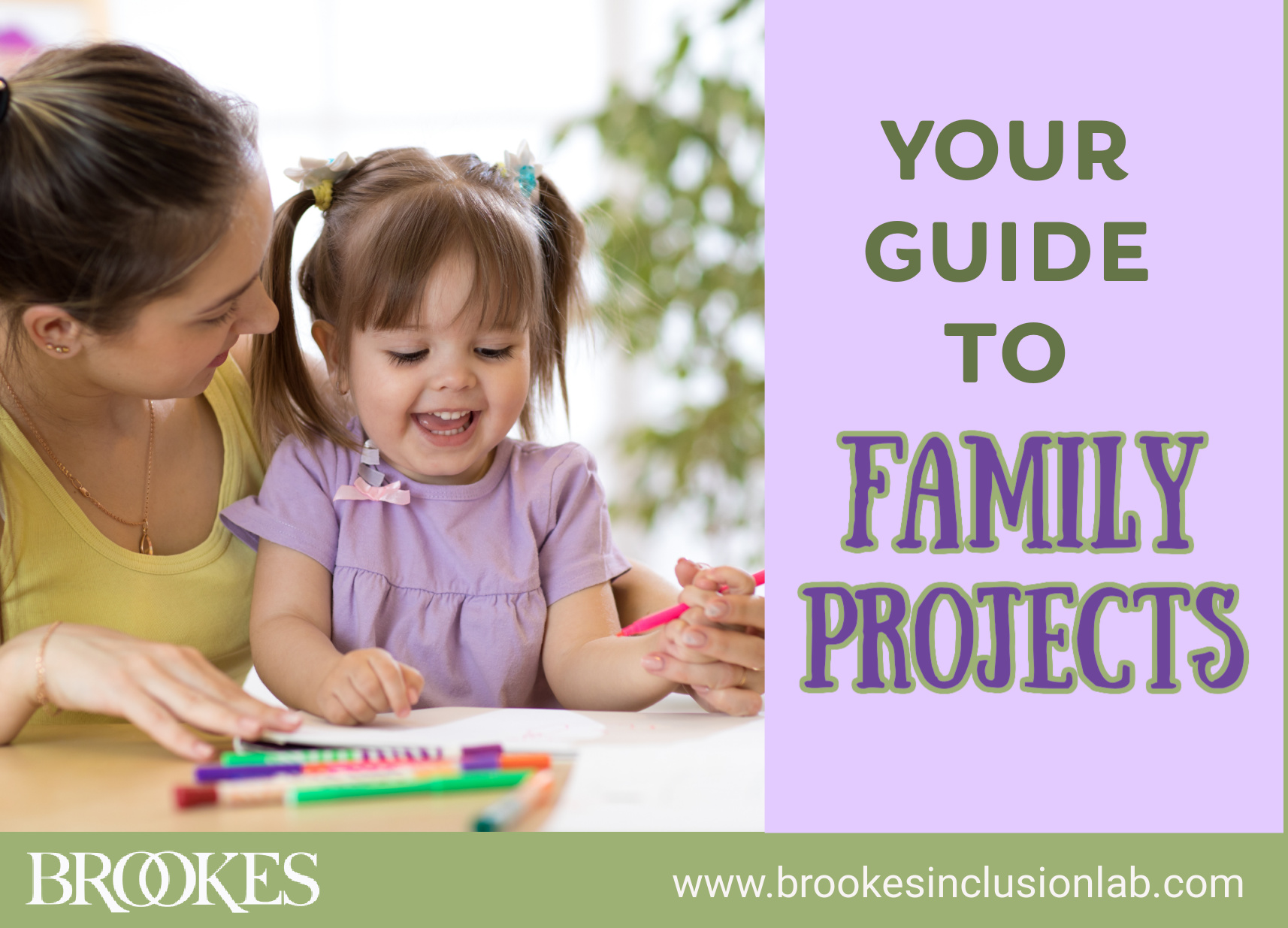
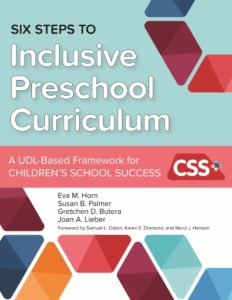 Family projects are a great way for early childhood programs to enhance the home-school connection, particularly at a time when many children are learning at home. In today’s post, we’re sharing some examples, tips, and a free download—excerpted and adapted from Six Steps to Inclusive Preschool Curriculum by Horn, Palmer, Butera, & Lieber—that will help you integrate family projects into your curriculum.
Family projects are a great way for early childhood programs to enhance the home-school connection, particularly at a time when many children are learning at home. In today’s post, we’re sharing some examples, tips, and a free download—excerpted and adapted from Six Steps to Inclusive Preschool Curriculum by Horn, Palmer, Butera, & Lieber—that will help you integrate family projects into your curriculum.
Family projects can be based on different themes and skills. The best ones involve a variety of activities and use inexpensive materials that families already have or can easily get. Here are three examples of projects you might give the families of your young learners:
Measurement
During a classroom theme on exploring measurement, a project could encourage families to measure at home and share how they use measurement in their lives. One project option could involve a poster in which families are encouraged to trace and measure their feet, find measuring tools at home, and measure items with an included paper ruler. You could also encourage families to make a recipe together that involves measuring or design their own measurement tool. Family members could be invited to join the class to share how they use measurement at home or on the job.
Construction
If you’re teaching a classroom theme on construction, a family project could encourage families to talk about buildings and other structures around them and then construct something together. Families could be encouraged to construct their own creation using marshmallows and toothpicks that you send home. Family members could be invited to talk about construction they do in their daily lives, participate in making something with the class, or participate in a field trip to a construction site.
Neighborhoods
To pair with a classroom theme on neighborhoods, you could assign a family project that encourages families to go for a walk and look at and listen to things around them. You might include a template of a book that instructs children to draw what is around them and identify different sounds that they may hear. Family members could be invited to lead a walk with a small group of children on a field trip to a park or neighborhood.
With a little creativity and knowledge of the families you work with, you can easily design meaningful family projects that build on your current curriculum. Keep the following tips and guidelines in mind when designing and implementing family projects:
 Draw on what you know about families to create the projects. Try to incorporate activities and skills that families already enjoy doing together. You can collect information through an informal questionnaire or a discussion with families about what they like doing at home with their child.
Draw on what you know about families to create the projects. Try to incorporate activities and skills that families already enjoy doing together. You can collect information through an informal questionnaire or a discussion with families about what they like doing at home with their child.
Take time to share your vision for the family projects with your colleagues, including paraprofessionals, co-teachers, and other service providers. Tell them about the goals for the family projects in general and for specific projects.
Use the term family broadly when introducing and sending home project information. Children should be able to complete the project with any adults that they live or spend time with in their home or community, including parents, siblings, child care providers, grandparents, Big Brothers/Big Sisters, and foster parents. Encouraging multiple people to be involved may also increase the chances that family projects will be completed and will help other family members participate in the child’s learning. If a child doesn’t have an adult who is available to help, consider ways they can still participate by providing them with time and support at school.
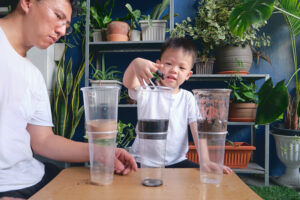 Tie the projects to multiple content areas and activities that you focus on during the school day. Include a tips page on how families can extend the activity or talk about what their child is doing at school. You might include a brief summary of a book the class has read, information about specific skills currently targeted in the classroom (e.g., letter recognition, counting, basic science concepts), and ideas for questions/discussion topics family members could use to extend children’s learning.
Tie the projects to multiple content areas and activities that you focus on during the school day. Include a tips page on how families can extend the activity or talk about what their child is doing at school. You might include a brief summary of a book the class has read, information about specific skills currently targeted in the classroom (e.g., letter recognition, counting, basic science concepts), and ideas for questions/discussion topics family members could use to extend children’s learning.
Provide options within the projects so that families can pick activities that best suit their circumstances. Although one option may be more straightforward and relatively easy to complete, other open-ended options may encourage the family to use their own expertise.
Try to send home necessary materials. Not all families will have equal access to materials, even if you try to limit your list to inexpensive items commonly found in households. Consider creating simple materials packets so that all families can easily complete the projects and won’t be limited by a lack of resources.
 Give families ample time to complete projects. Families all have different schedules, and during a crisis like a pandemic, time is especially tight in many households. Space the family projects out, clearly communicate dates when the projects are to be returned to school, give families plenty of time to work together, and value their efforts by setting aside special time for children to share what they did with their classmates.
Give families ample time to complete projects. Families all have different schedules, and during a crisis like a pandemic, time is especially tight in many households. Space the family projects out, clearly communicate dates when the projects are to be returned to school, give families plenty of time to work together, and value their efforts by setting aside special time for children to share what they did with their classmates.
Consider other ways the projects can be extended. Family members could be invited to come into the classroom (or join the class remotely) and share their skills and expertise that relate to the project’s theme. They could talk about their jobs or hobbies, help out with an activity based on something they like doing, or (if and when it’s safe) take students on a field trip to their work setting.
Provide opportunities for family feedback. Ask for their impressions of the project, whether through informal conversations or a simple questionnaire. Then be sure to use these suggestions as you design future projects.
Research suggests that family projects can be an effective way to reinforce and extend what you’re doing in the classroom. Findings from a study examining the effect of family projects in a Head Start program over two years suggested that the projects were a promising way to connect learning between school and home. Families reported that they enjoyed the projects, the projects promoted positive interactions with their child, and they benefited from the opportunity to see what their child was learning and doing.
Have you tried family projects in your program? What’s your favorite project to give families of young children? Add your ideas in the comments below!
FREE DOWNLOAD
 In this excerpt from Six Steps to Inclusive Preschool Curriculum, get more in-depth information on how to introduce an “I Can Measure” family project.
In this excerpt from Six Steps to Inclusive Preschool Curriculum, get more in-depth information on how to introduce an “I Can Measure” family project.

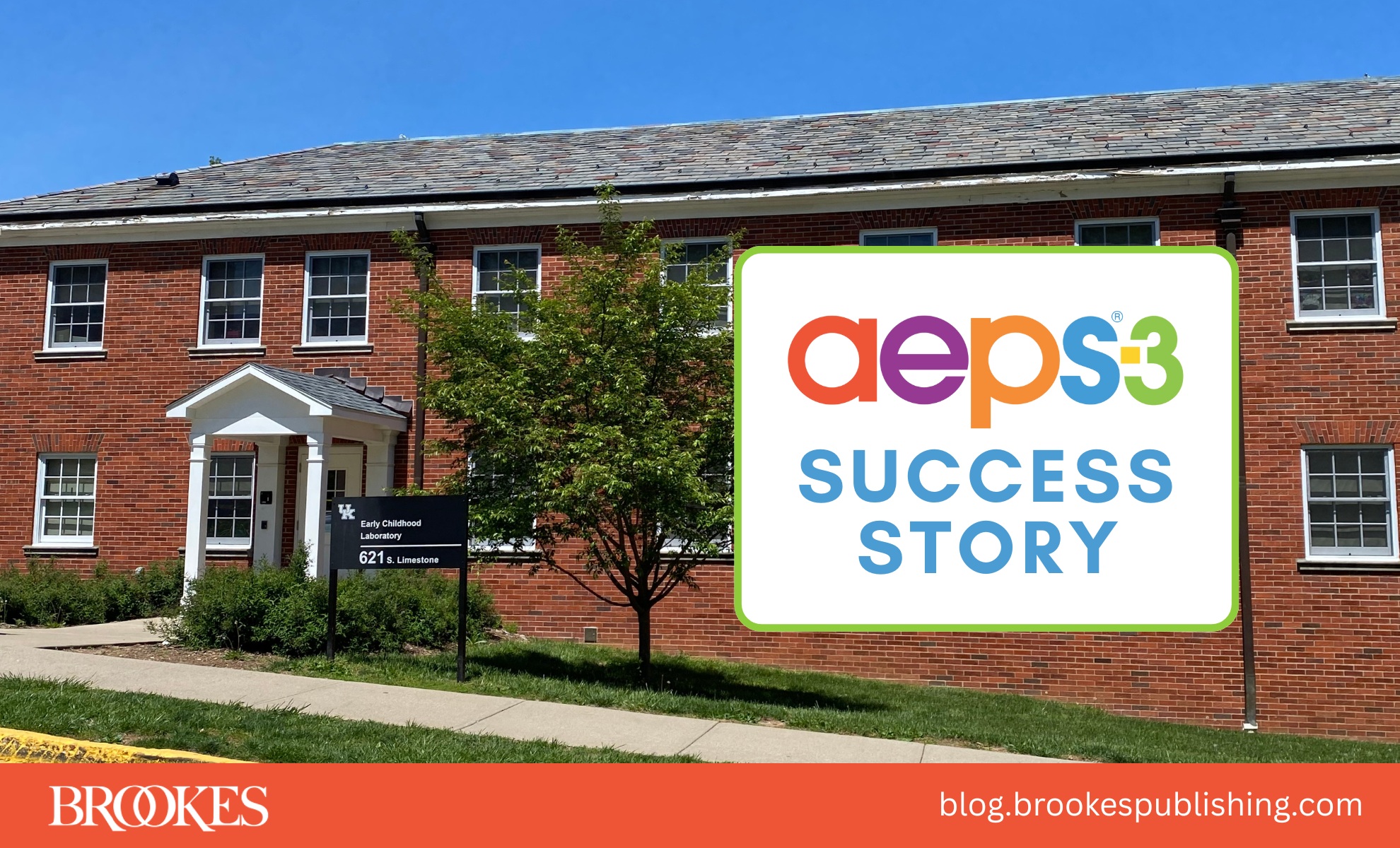
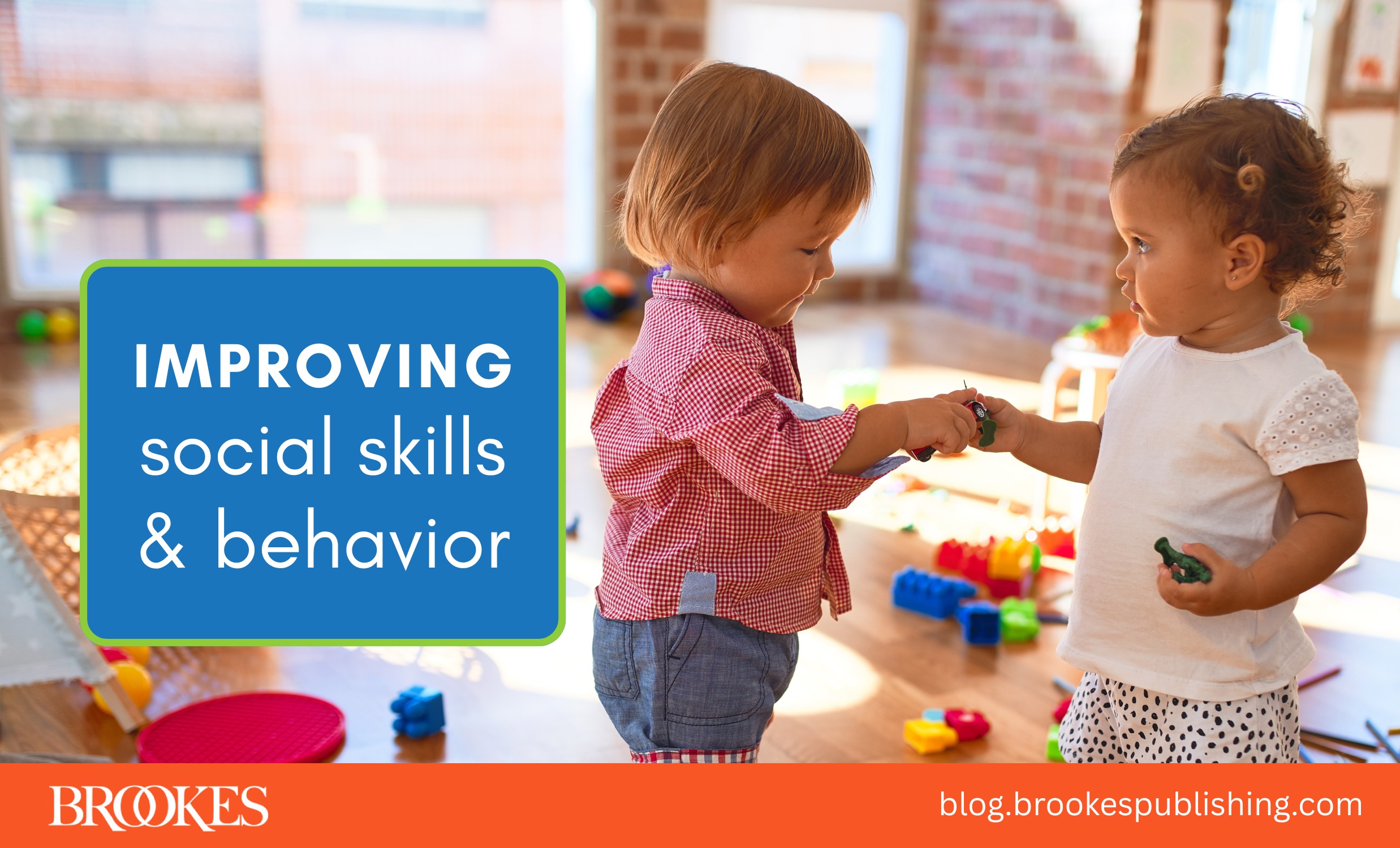

Write a Comment
Your email address will not be published. Required fields are marked *
Post a Comment